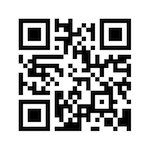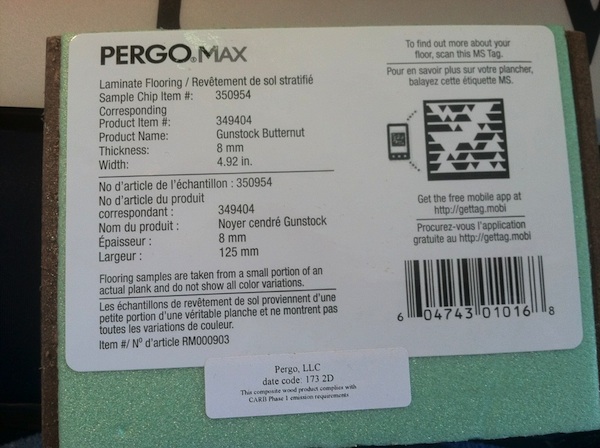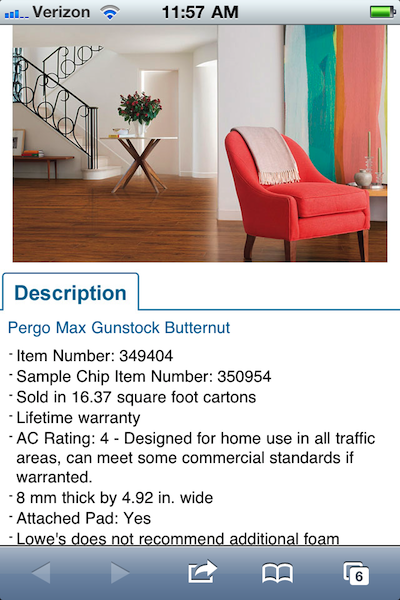 Marketers love QR codes (see example at left) because they make it easier to track offline actions. I’m not as convinced that consumers think very highly of them. They require a smartphone (or other device) with a QR scanner installed (usually free) and they have to provide some sort of value to the consumer. Often QR codes are used in conjunction with some sort of promotion or deal in order to get consumers to use them. I think there is some value in QR codes for consumers (not just for marketers), here’s an example of how they could work….
Marketers love QR codes (see example at left) because they make it easier to track offline actions. I’m not as convinced that consumers think very highly of them. They require a smartphone (or other device) with a QR scanner installed (usually free) and they have to provide some sort of value to the consumer. Often QR codes are used in conjunction with some sort of promotion or deal in order to get consumers to use them. I think there is some value in QR codes for consumers (not just for marketers), here’s an example of how they could work….
The Situation
We decided that we wanted to replace the old carpet in our home offices with a wood laminate (real wood is just out of the question with two dogs and a kid), so I went to Lowe’s to pick up some samples. After comparing several samples in our rooms to see which ones I liked, I had to figure out how much each might cost. Usually you’d have to go to Lowe’s website and then search for the name of the style that you like (Lowe’s also lets you search by an item id number). Some of the samples had a QR code that meant that I could just scan the barcode to find out more:

(disclaimer: these aren’t actually QR codes, they’re a MS tag, Microsoft’s proprietary tag system — leave it to Microsoft to have to try, yet again, to invent their own standard. MS tags do work the same as a QR code, so the example still works.)
Once you scan the code (or tag) with your phone, you’re taken to a mobile site which has some more information about the specific product:

The Lost Opportunity
Unfortunately, Lowe’s hasn’t actually made this process useful to a consumer. Yes, there’s more information about the product, but the information I want is how much it’s going to cost to install in my rooms. Lowe’s could have easily fixed this by providing the price per square foot (or per package) on the mobile site (which they don’t). The could go a step further and provide a calculator where you put in the square footage and it gives you the actual cost (complete with sales tax).
The Disconnect
QR codes (or tags) clearly could provide extra value to consumers, probably enough so they’d be willing to take the extra steps necessary to use them (download, install, scan). There’s obviously a disconnect between companies understanding what the technology can do and how they can use it to provide additional value to their customers. Just because a technology does cool things (or can provide great data or information) does not mean that it will be adopted by most people. Technology has to provide a real world purpose or value.
Have you seen examples of QR codes used well?